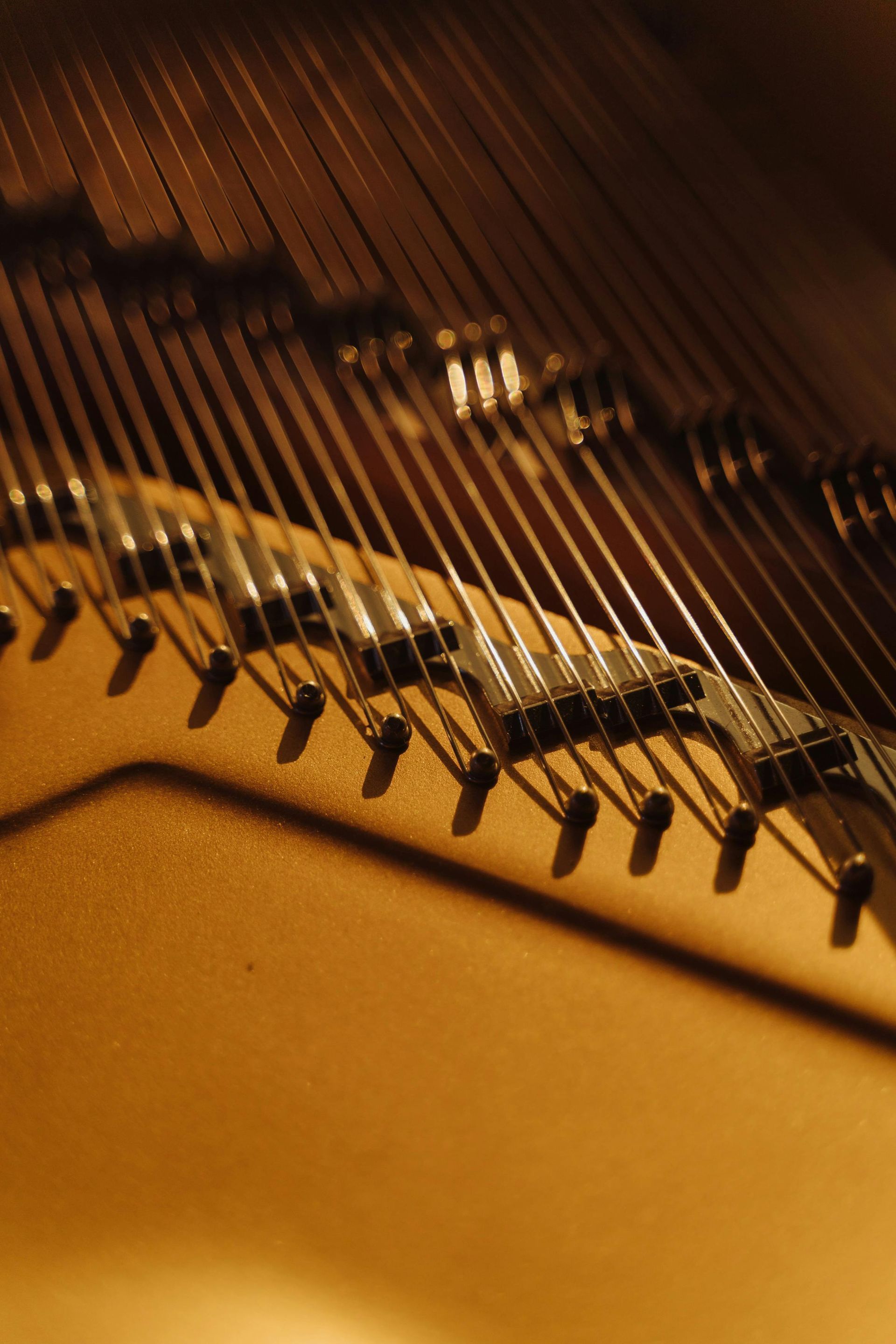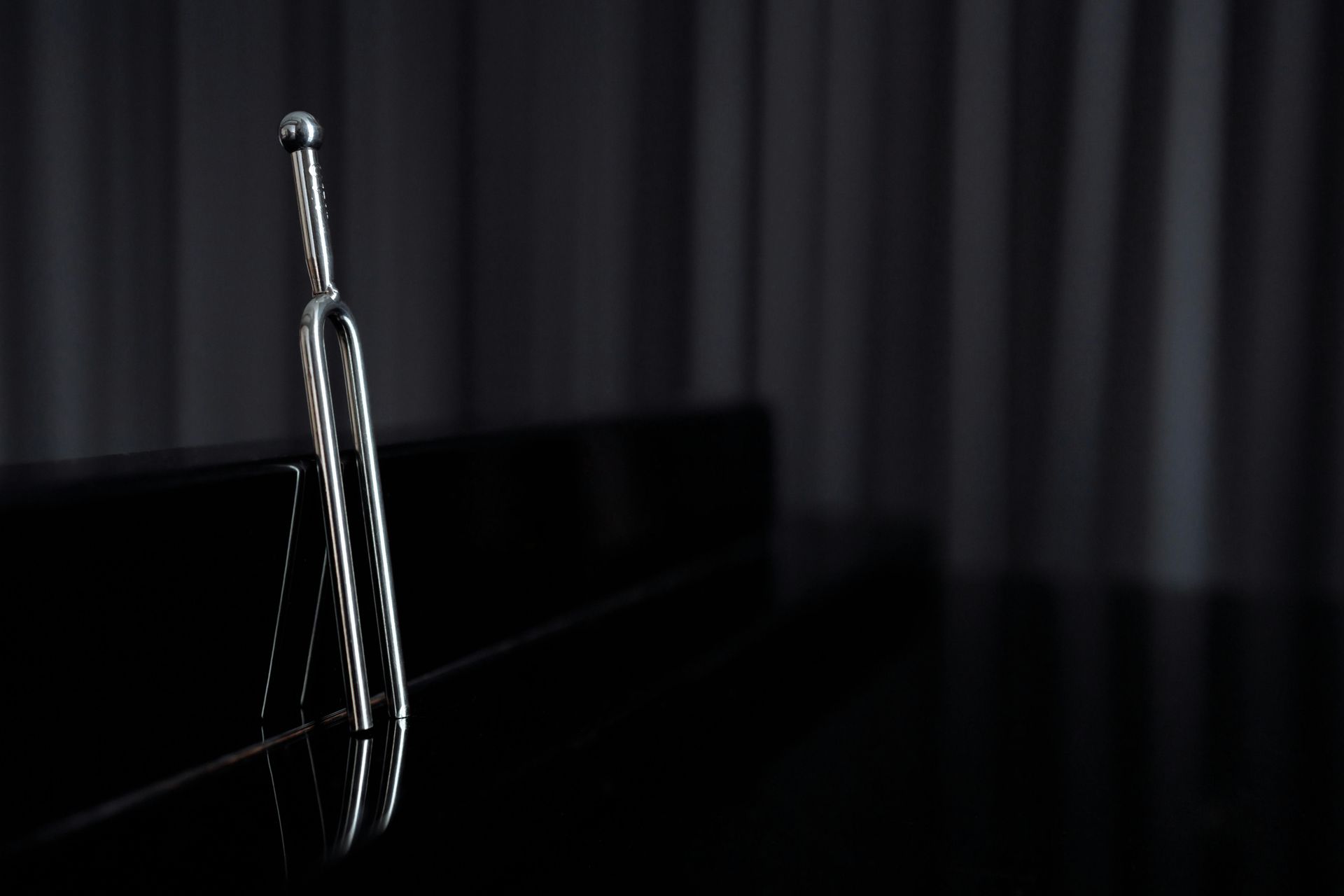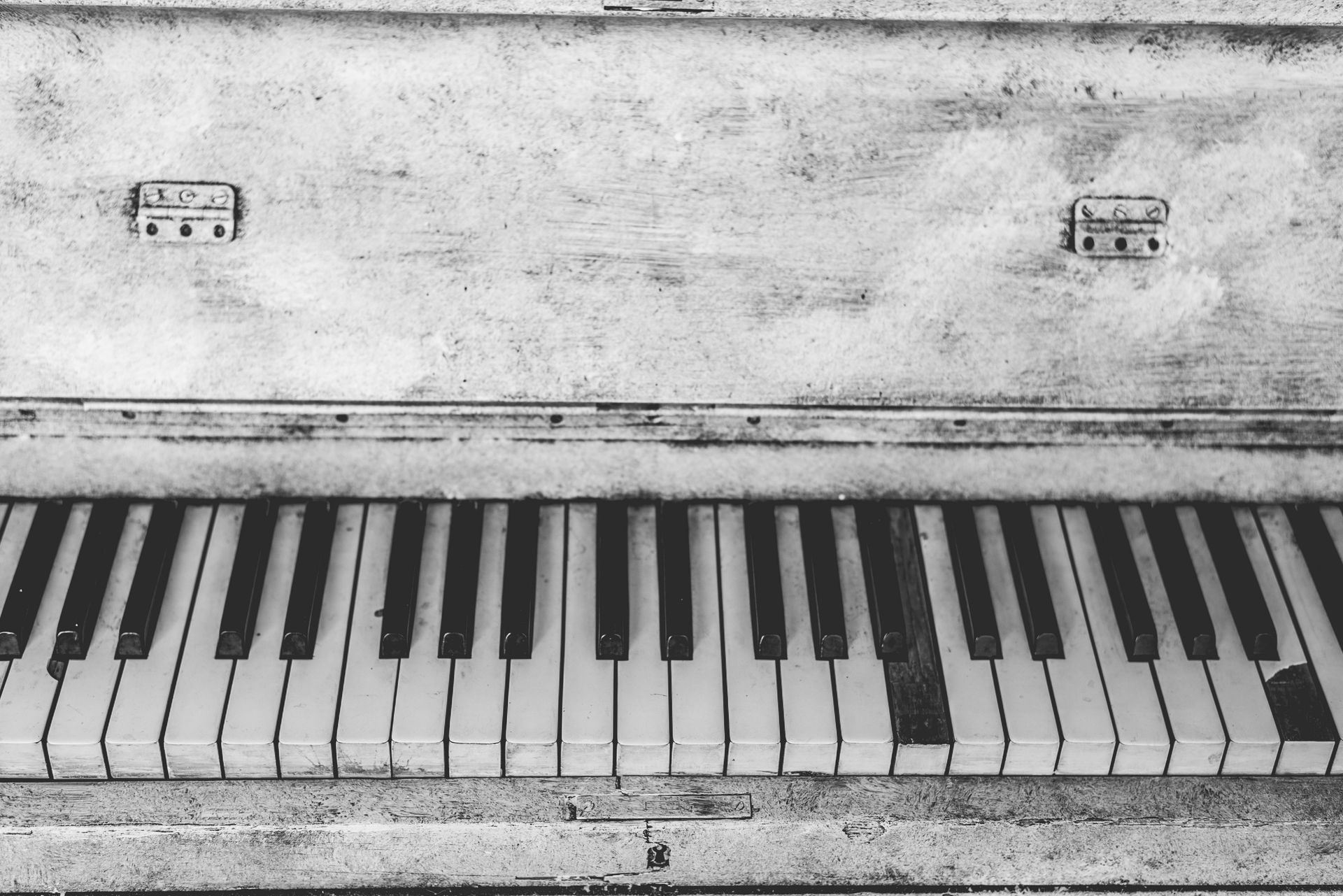How a Piano Tuner Gives Your Piano Its Voice
How a Piano Tuner Gives Your Piano Its Voice
Most people know that tuning a piano keeps the notes in the right pitch. But what happens when your piano sounds uneven—some notes too sharp and piercing, others too dull and lifeless—even after a tuning? That’s where the magic of voicing comes in.
Voicing is the art (and science!) of shaping the tone of a piano—how each note sounds and feels when you play it. While tuning deals with frequency, voicing is all about character. Does the piano sound bright and sparkling, or warm and mellow? Balanced, or a little wild and unpredictable? That’s voicing at work.
Over time, the felt hammers that strike the strings become compacted and grooved from repeated playing. As the felt hardens and wears unevenly, some notes can sound too harsh or too soft, creating a bumpy, inconsistent tone across the keyboard.
A skilled piano tuner (or technician) steps in like a tone therapist. First, we listen carefully to how the piano responds—note by note and chord by chord. Then comes the hands-on work. Using tools like voicing needles to soften felt, sandpaper to reshape worn hammers, and occasionally hardening solution for extra brightness, we adjust each hammer to bring out the best sound possible.
It’s a bit like adjusting the balance on a speaker—but manually, with precision and artistry.
After voicing, a piano becomes more expressive, more unified, and just more musical. It feels smoother to play and more satisfying to listen to. Chords blend beautifully. Melodies sing. The piano no longer just plays notes—it speaks with a voice that suits your space and your playing style.
So, if your piano sounds a bit off—not out of tune, just lacking that special something—it might be time for voicing. Because every piano has a voice. Sometimes, it just needs a little help to be heard.









